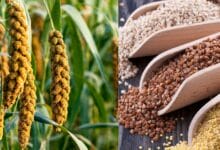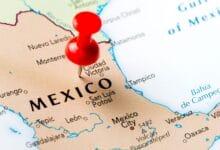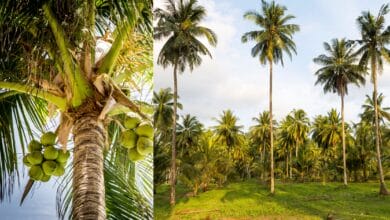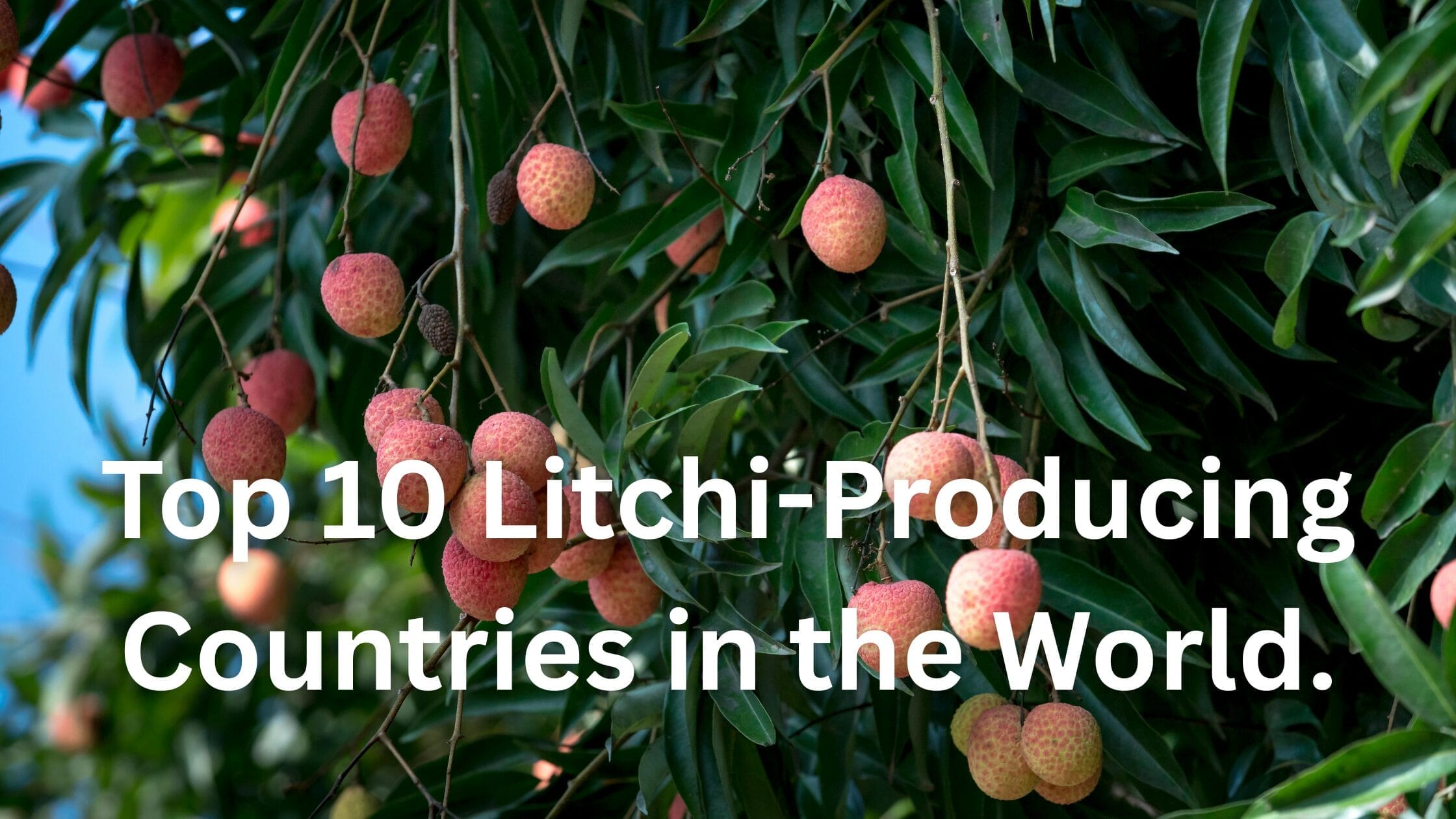Highest Orange Producing Country in the World.

Highest Orange Producing Country in the World: Brazil (The King of Oranges).
Oranges belong to the citrus family, and tropical and subtropical regions are the best for their cultivation. Countries like the United States, China, India, and Mexico have made significant contributions to the global orange production and supply. But we don’t know which country produces the most oranges in the world.
The answer is that Brazil is dominant in the global orange industry, accounting for a large share of total production and exports.
According to the Food and Agriculture Organisation (FAO), the world produced approximately 78 million metric tonnes of oranges in 2023, with Brazil contributing more than 35% of the total global production.
Orange Production Overview.
Brazil has retained the title of the largest orange producer in the world for decades. The country produces over 16 million metric tonnes of oranges annually. The majority of the production is concentrated in the state of São Paulo, which alone contributes nearly 75% of the country’s total orange output.
Here are some recent statistics:
- Annual Production (2023): ~16.2 million tonnes
- Global Share: ~35%
- Main Cultivation Area: São Paulo and Minas Gerais
- Major Export Product: Orange juice (frozen concentrated and not-from-concentrate).
Why Brazil Leads in Orange Production?
Several factors contribute to Brazil’s dominance in orange cultivation:
1. Ideal Climate Conditions
The climate in São Paulo and surrounding regions is subtropical with distinct wet and dry seasons—perfect for growing oranges. The moderate rainfall and fertile soil contribute to high yields and disease resistance.
2. Advanced Agricultural Practices
Brazilian orange farmers have adopted modern cultivation techniques, including:
- High-density planting
- Drip irrigation systems
- Use of disease-resistant rootstocks
- Integrated pest management
- Precision agriculture for efficient input use
3. Strong Export-Oriented Industry
Over 90% of Brazilian oranges are used to produce orange juice, making the country the largest exporter of orange juice globally. Multinational companies such as Cutrale, Citrosuco, and Louis Dreyfus play a dominant role in processing and exporting Brazilian orange juice.
Key Orange-Producing Regions in Brazil.
While oranges are cultivated in various parts of Brazil, production is concentrated mainly in:
1. São Paulo
- Contributes around 75% of the national orange output.
- Has a well-developed infrastructure for processing and exporting.
- Hosts numerous juice processing plants and farms.
2. Minas Gerais
- Another important citrus-producing state.
- Plays a supportive role in national production.
Other contributing states include Paraná, Bahia, and Rio de Janeiro, though on a smaller scale.
Popular Orange Varieties in Brazil
Brazil cultivates several orange varieties, both for juice and fresh consumption. Some prominent ones include:
- Pera Rio – The most widely cultivated variety in Brazil, known for its juiciness.
- Valencia – Commonly used for juice production due to its high sugar content and juice yield.
- Hamlin – Early-maturing and disease-resistant variety, ideal for large-scale juice production.
- Natal – Late-season variety with good shelf life.
These varieties are selected based on juice yield, disease resistance, harvest season, and suitability for the export market.
Employment and Economic Impact.
The orange industry is a significant source of employment in Brazil. From cultivation to processing and logistics, the sector employs over 200,000 people, many of whom are from rural areas.
- Farm Labour: Plucking, pruning, weeding, and orchard maintenance.
- Juice Processing: Operating machinery, packaging, and quality control.
- Logistics & Export: Cold chain management, shipping, documentation.
This industry also plays a vital role in rural development and income generation for thousands of families in the citrus belt.
Brazil’s Role in the Global Orange Trade
Brazil not only leads in raw orange production but also dominates the global orange juice market, accounting for over 70% of worldwide orange juice exports. The country’s orange juice reaches markets in:
- United States
- European Union
- Japan
- China
- Canada
This makes Brazil a cornerstone in the global citrus value chain, supplying juice for millions of consumers around the world.
How Other Countries Compare
While Brazil holds the top spot, other countries also contribute significantly to the orange market:
China
- Produces ~7 million tonnes annually
- Primarily for domestic fresh consumption
- Provinces like Jiangxi and Guangxi lead production
India
- Produces ~6 million tonnes annually
- Main varieties: Nagpur Orange and Kinnow
- Maharashtra and Madhya Pradesh are key producing states
United States
- Produces ~4.6 million tonnes annually
- Florida and California are key citrus states
- High-quality juice and fresh orange supply
🇲🇽 Mexico
- Produces ~4.3 million tonnes annually
- Veracruz is the leading state
- Supplies fresh market and juice factories
Though these nations are significant players, none match Brazil’s combination of volume, efficiency, and export strength.
Challenges Faced by the Brazilian Orange Industry.
Despite its leadership, Brazil’s orange industry faces several challenges:
- Citrus Greening Disease (Huanglongbing)
- A major threat causing tree decline and yield loss.
- Labor Issues
- Rising labour costs and allegations of poor working conditions in some areas.
- Market Dependency
- Heavy reliance on a few key markets like the U.S. and EU makes the industry vulnerable to trade restrictions.
- Climate Change
- Increased temperature, irregular rainfall, and drought impact flowering and fruiting cycles.
Brazil Leads the Way, But China Is Catching Up
Oranges are one of the most widely cultivated and consumed fruits in the world, valued for their refreshing flavour, high vitamin C content, and broad industrial use in food, juice, and cosmetics. Among the many countries that grow oranges, Brazil holds the crown as the world’s largest producer, followed closely by other major players such as China, India, and the United States.
This article explores Brazil’s dominant position in global orange production and delves into the rising influence of China, which has rapidly become a citrus powerhouse in the global arena.
Brazil: The Undisputed Leader
Brazil has been the largest orange producer for decades. It grows oranges mainly for the juice industry, exporting over 90% of its production as frozen concentrated orange juice (FCOJ). The state of São Paulo alone contributes nearly 75% of Brazil’s orange output, backed by modern agricultural practices, favorable climate, and strong export infrastructure.
China: The Rising Orange Giant
While Brazil dominates the global scene, China ranks second and is fast becoming a major force in citrus production.
Orange Production Statistics – China
- Annual Orange Production (2023): ~7.3 million metric tonnes
- Global Share: ~9.3%
- Main Use: Domestic consumption (fresh fruit)
- Juice Industry: Small compared to Brazil
Brazil vs. China: A Quick Comparison
| Feature | Brazil | China |
| Annual Production | ~16.2 million tonnes | ~7.3 million tonnes |
| Global Rank | #1 | #2 |
| Primary Use | Juice industry | Fresh fruit market |
| Key Regions | São Paulo, Minas Gerais | Jiangxi, Guangxi, Hunan |
| Popular Varieties | Pera Rio, Valencia, Hamlin | Gannan Navel, Blood Orange |
| Exports | Frozen Orange Juice (FCOJ) | Fresh oranges (small volume) |
| Domestic Consumption | Moderate | Very High |
| Employment Impact | ~200,000+ workers | ~1 million+ farmers |
Final Thoughts
While Brazil continues to lead the world in orange production, largely driven by its globally dominant orange juice export industry, China’s growing domestic demand and diversified citrus cultivation are rapidly reshaping the global citrus landscape.
China’s success lies in its focus on:
- Fresh market quality
- Local branding (like Gannan navel oranges)
- Strong farmer participation
- Government-backed citrus expansion projects
As climate challenges and changing consumer trends impact citrus production globally, China’s model of regional diversification and high domestic consumption is likely to play a larger role in the global orange economy in the coming years.
FAQs
Q1: What is the main use of oranges in Brazil?
A: About 90% of oranges in Brazil are used for producing orange juice, primarily for export.
Q2: Which orange variety is most common in Brazil?
A: The Pera Rio variety is the most widely grown, especially for juice production.
Q3: Is Brazil the largest exporter of fresh oranges, too?
A: No, Brazil mainly exports processed orange juice. Spain and South Africa lead in fresh orange exports.
Q4: How much orange juice does Brazil export annually?
A: Brazil exports more than 1 million tonnes of orange juice annually, mainly to the U.S. and the EU.








